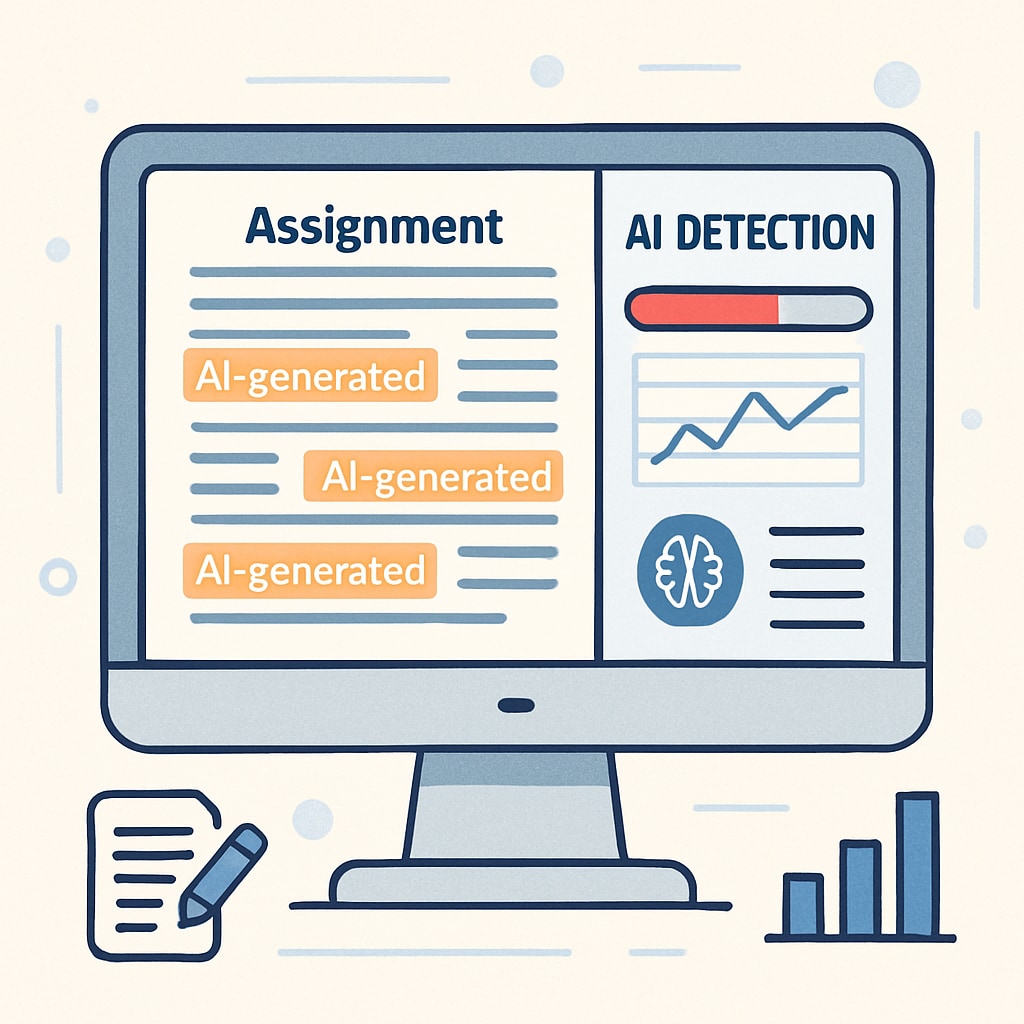The increasing use of AI tools, such as ChatGPT, in K12 education has sparked debates about academic integrity, detection methods, and the escalating educational costs associated with these technologies. While AI offers opportunities for innovation, it also challenges educators to maintain authentic learning experiences for students. Striking a balance between embracing technology and fostering genuine academic growth requires thoughtful strategies and practical solutions.
The Ethical Implications of AI Tools in Education
AI tools have become powerful allies in education, offering personalized learning experiences and assisting students in tackling complex problems. However, their misuse—such as completing assignments or essays—raises ethical concerns. Academic integrity, an essential pillar of education, can be compromised when students rely excessively on AI-generated content without understanding the underlying concepts.
For example, tools like ChatGPT can generate well-written responses to prompts, helping students bypass critical thinking and authentic effort. This risks turning education into a transactional process where the focus shifts from learning to merely achieving results. Educators must address these challenges while still empowering students to use AI tools responsibly.

Strategies to Promote Authentic Learning with AI
Balancing innovation with academic integrity requires a combination of proactive policies and creative teaching methods. Below are some strategies educators can adopt:
- Transparent Guidelines: Clearly communicate the acceptable use of AI tools in academic settings. Define when and how these technologies can be used to enhance, rather than replace, learning.
- Focus on Process Over Product: Place greater emphasis on the learning process rather than the final output. For example, require students to submit drafts or logs documenting their use of AI tools during assignments.
- Critical Thinking Exercises: Encourage activities that require analytical skills, such as debates, problem-solving tasks, or real-world applications, which AI cannot easily replicate.
- AI Literacy Education: Teach students about the capabilities and ethical use of AI tools. Understanding their limitations can help students use these technologies responsibly.
By implementing these strategies, educators can foster a learning environment that values innovation without compromising academic integrity.
Challenges of AI Detection and Associated Costs
One of the significant hurdles in managing AI-related academic dishonesty is the high cost of detection. AI detection tools, while effective, often come with expensive licenses and require constant updates to stay relevant. Schools working with limited budgets may find it challenging to invest in such technologies.
Moreover, detection tools might not always be accurate, leading to potential false positives or negatives. This can undermine trust between educators and students. As a result, schools must weigh the financial and ethical implications of relying on AI detection tools.

Practical Solutions for Cost-Effective AI Management
To mitigate the financial burden of AI detection, schools can explore the following approaches:
- Peer Review Systems: Encourage peer reviews as a way to validate original work. This approach fosters collaboration and reduces the reliance on costly detection software.
- Teacher Training: Invest in professional development for educators to help them identify AI-generated content. Training teachers is often more cost-effective in the long run.
- Open-Source Tools: Utilize free or open-source AI detection tools as a supplement to commercial solutions. While these may not be as robust, they can provide a starting point for smaller institutions.
Additionally, fostering a culture of academic honesty through education and dialogue can reduce the need for stringent detection measures, creating a more sustainable approach to managing AI in classrooms.
The Path Forward: Innovation with Responsibility
As AI tools continue to evolve, their role in education will undoubtedly expand. The challenge lies in leveraging these advancements while maintaining the core values of authentic learning and academic integrity. By adopting transparent guidelines, fostering critical thinking, and exploring cost-effective solutions, educators can create a balanced approach that benefits students without undermining the principles of education.
In conclusion, the integration of AI tools in education is a double-edged sword. While they offer remarkable opportunities for innovation, they also demand a renewed commitment to ethical practices and responsible use. By addressing these challenges head-on, educators can ensure that the AI era enhances rather than detracts from the learning experience.
Readability guidance: This article uses short paragraphs, clear subheadings, and lists to improve readability. It maintains a professional tone while incorporating accessible language for a broad audience. Transitions such as “however,” “for example,” and “as a result” are used to enhance flow.


